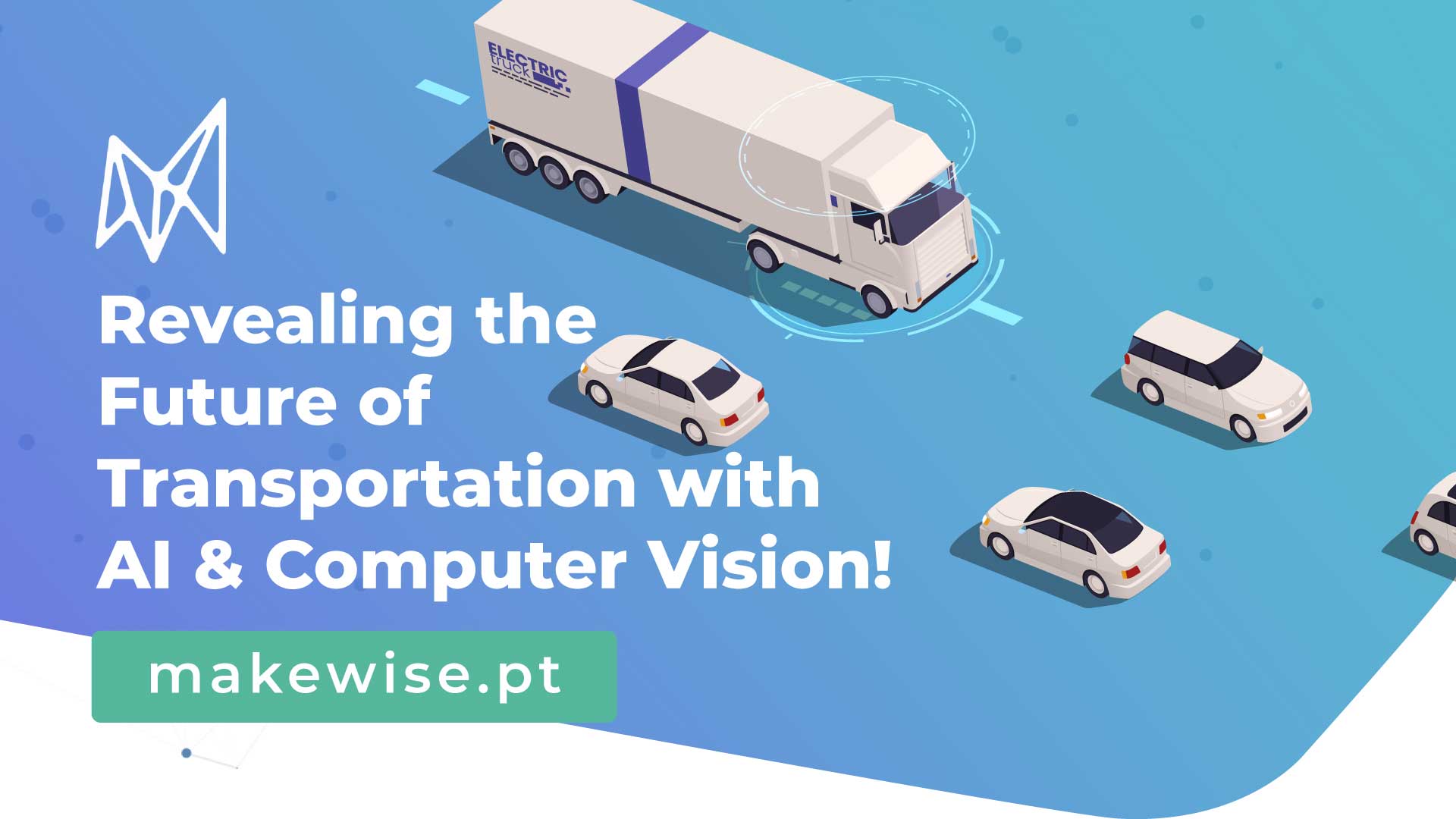Transportation plays a crucial role in our daily lives, facilitating the movement of goods, trade, and communication that form the backbone of modern civilization. Over the times, the transportation sector has undergone significant transformations. We’re about to see a big change in transportation thanks to Artificial Intelligence (AI).
Important benefits of computer vision and deep learning in transportation
Security and dependability
Errors like speeding, distractions, and impaired driving cause most accidents. Safety and trust are vital in transportation. AI can greatly boost safety by processing large data volumes. It helps plan transportation more efficiently. Experts believe AI-equipped vehicles can substantially cut traffic accidents.
Effectiveness
Inefficiencies in infrastructure and customs procedures can cause logistics problems. AI holds promise in boosting the energy efficiency of transportation, a critical factor in travel. Particularly in e-logistics, AI plays a crucial role in using internet-based technologies to connect shippers with delivery services, optimizing the supply and demand chain.
Applications of computer vision and deep learning in transportation
Road transportation
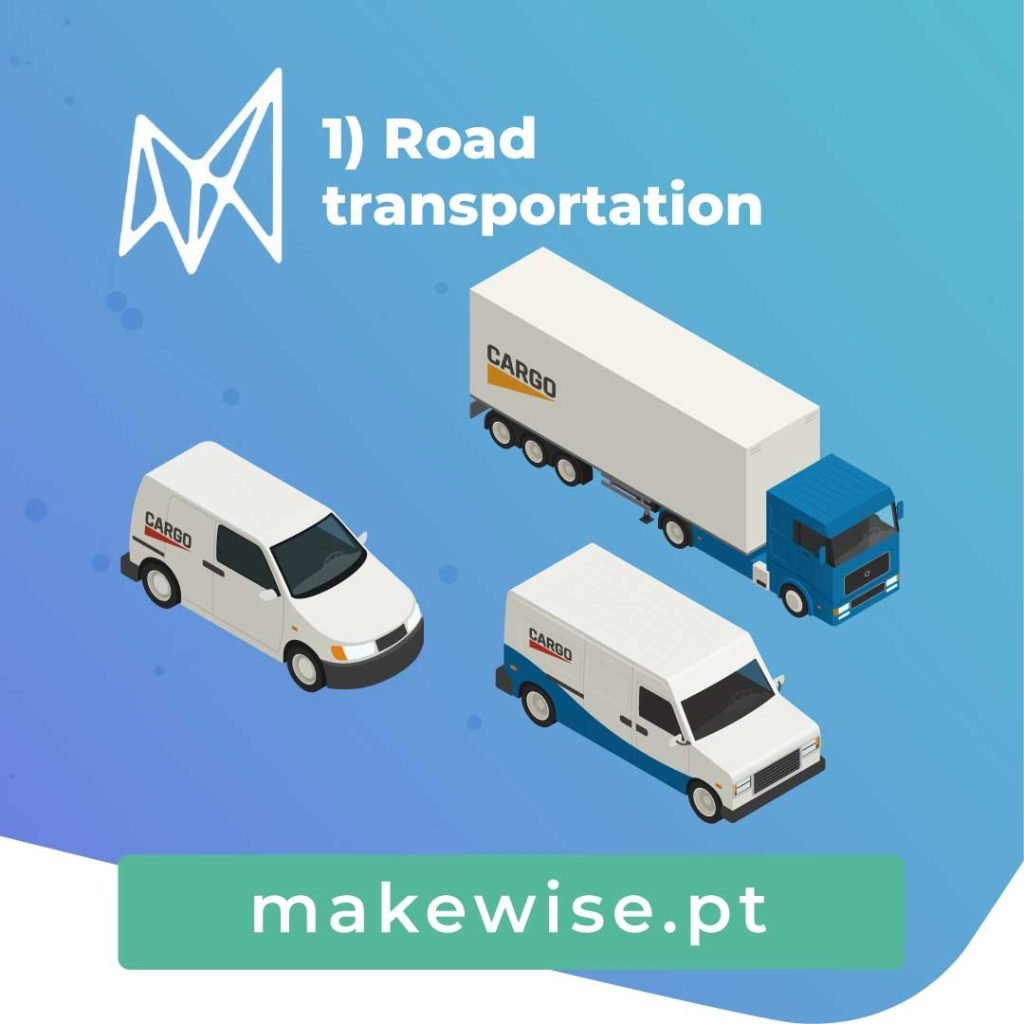
AI is playing a significant role in road transportation. Car makers and tech companies worldwide are using AI technologies to create intelligent vehicles for both work and personal use. These vehicles rely on various sensors like GPS, cameras, radar, control units, and software to perform smart tasks, such as autonomous driving.
Grouped trucking

Grouped trucking involves linking multiple trucks closely together, enabling them to accelerate and brake simultaneously. The lead truck is operated by a human driver, while drivers in the following trucks may only need to intervene in complex traffic situations or unexpected events. With the integration of AI, responsibilities of drivers in the following trucks will gradually diminish.
Traffic control and management
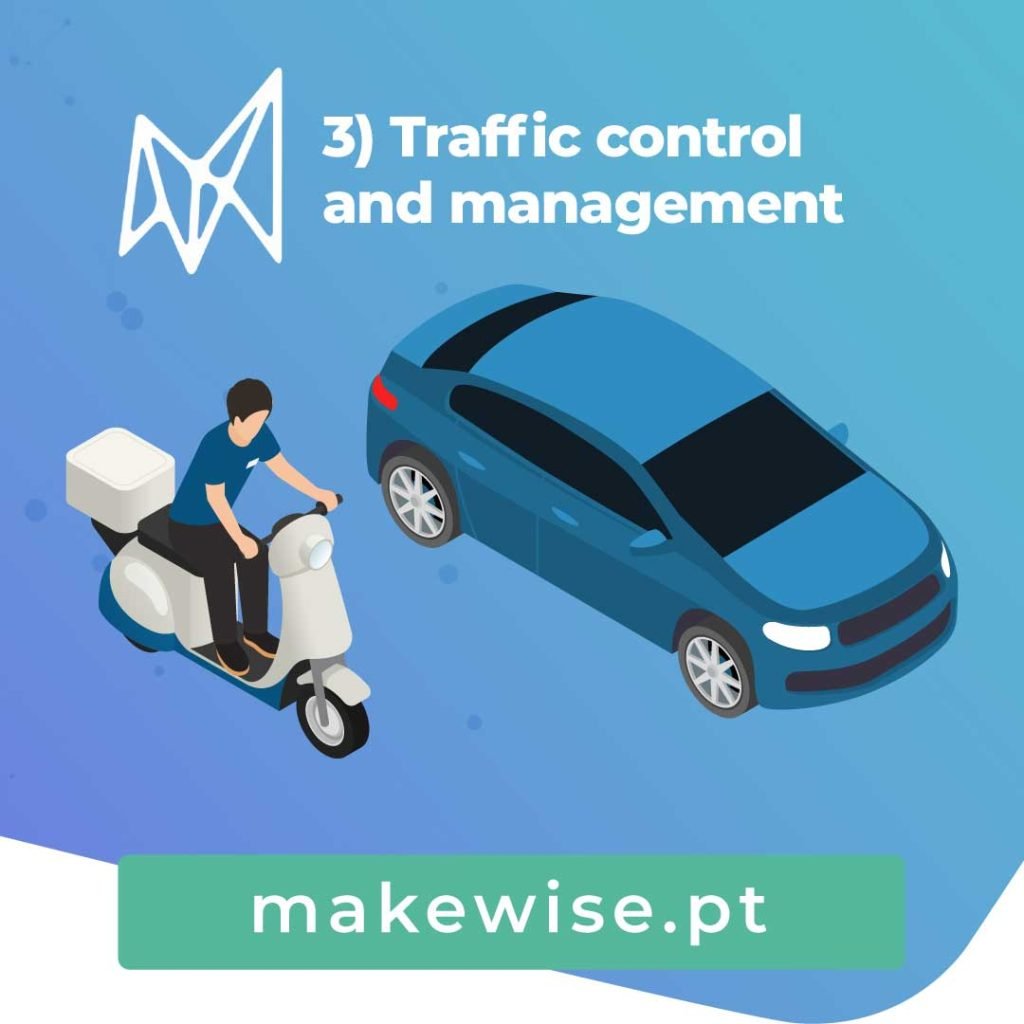
AI algorithms play am important role in enhancing traffic efficiency across various sectors. For instance, ridesharing platforms, employ AI techniques throughout its services, encompassing tasks like matching riders with drivers and optimizing routes.
AI algorithms find utility in road traffic management, where traffic patterns and volume are analysed, offering drivers the fastest route information. This helps minimize congestion and reduces commute times. Additionally, these algorithms aid in maintaining traffic flow through adaptive traffic signals and real-time adjustments to traffic demands.
Aviation

AI is revolutionizing the aviation industry by playing a crucial role in managing air traffic more efficiently and ensuring safety checks are thorough. This leads to optimized operations and improved maintenance planning. Some companies are already leveraging AI tools to enhance various aspects of aviation operations.
Additionally, AI is propelling advancements in cargo delivery. There are already some start-ups at the forefront, working on developing high-capacity cargo drones. These innovations have the potential to significantly transform the transportation of goods, opening up new possibilities for the industry.
Railway transport
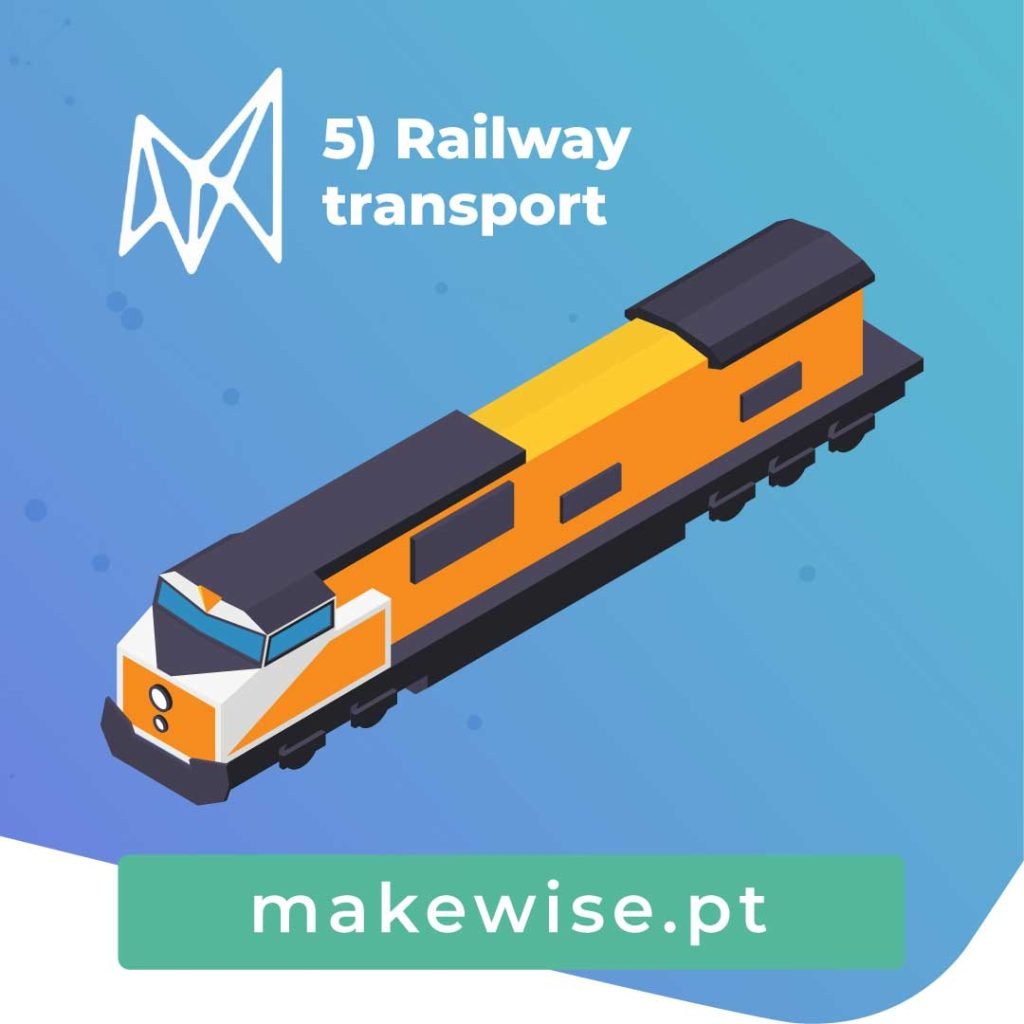
A significant advancement facilitated by AI in railway transport is the automation of train operation (ATO). This shifts the responsibility of managing train operations from the human driver to a train control system with varying levels of autonomy. This involves transferring the functions of train driver to an automated driving module, trained to respond to potential hazards. Moreover, the design module should be able to understand passenger behavior on railway platforms, allowing for safe and automatic train door closure.
Maritime transportation
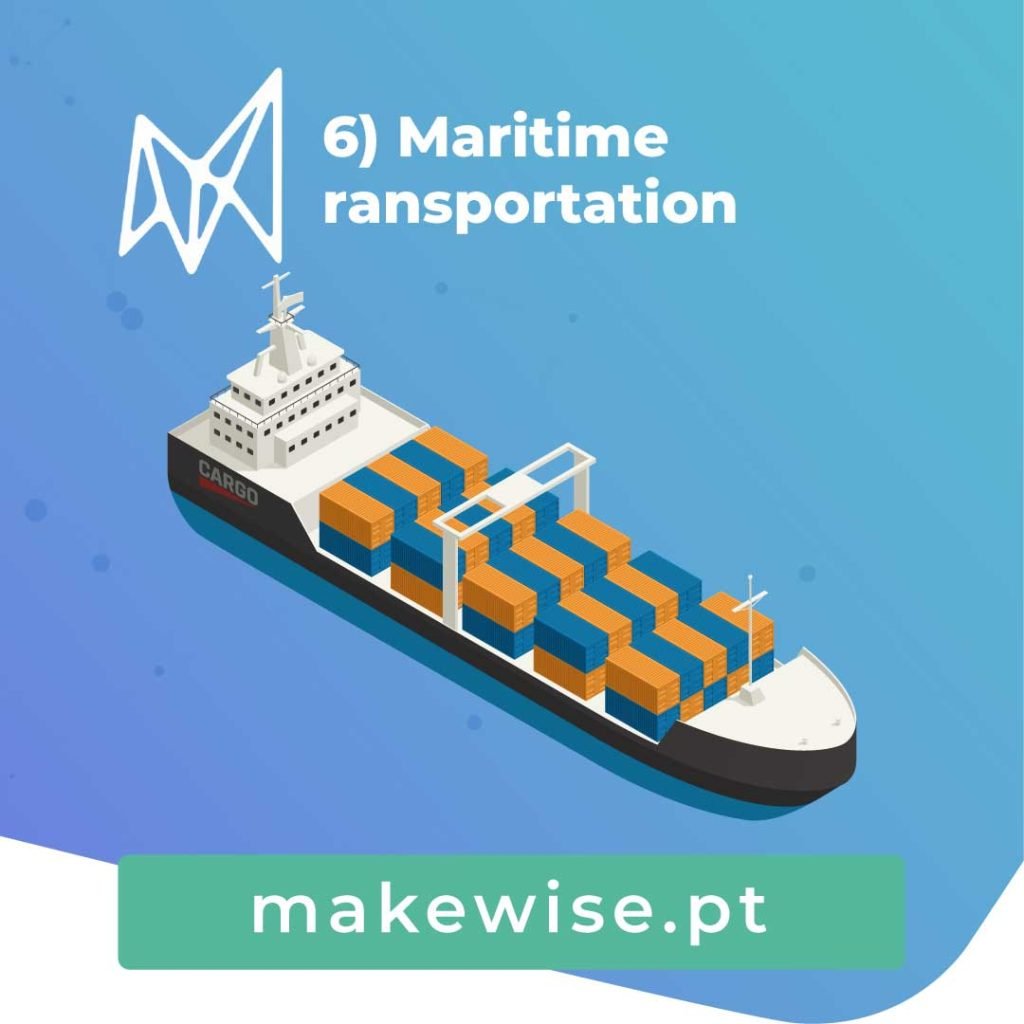
The growing maritime traffic calls for enhanced safety measures. Ports must adapt to increased container traffic. Larger vessels strain port capacities.
Environmental concerns prompt the maritime industry to adopt greener practices. AI aids in decision-making, improving safety and energy efficiency.
Autonomous ships, are starting to show promise. Guided by automated systems, with remote operator control.
The use of Computer Vision and Deep Learning in transportation is bringing us safer, more efficient, and eco-friendly travel options. AI tackles critical issues like safety, reliability, and energy efficiency, reshaping how we get around.
CHECKPOINT.VISION: Logistics and transport of Raw Materials by MakeWise

CHECKPOINT.VISION is a computer-operated load control system that allows object recognition, as well as the control and verification of cargo transport.
- Data Management – Centralized and secure access to all information
- Zero fraud – Allows validation of load integrity at the destination
- Load metrics – Generates multiple load metrics and measurements through computer vision
- Integration – Easily integrated with other IT systems

